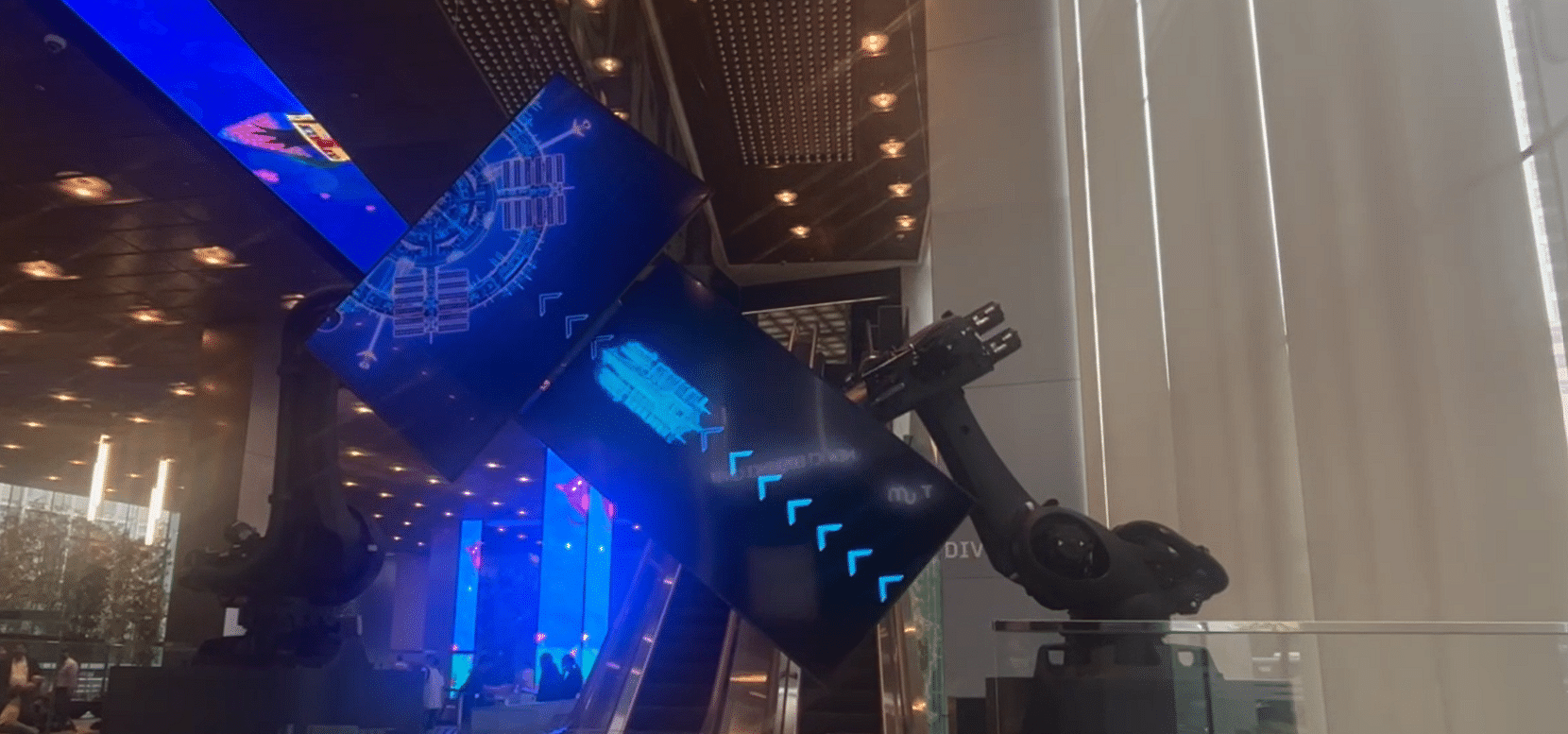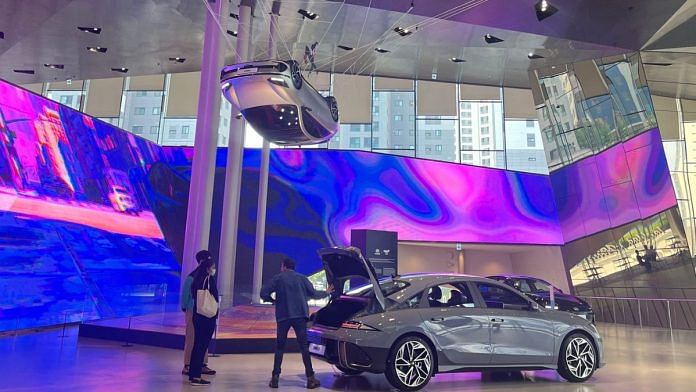Seoul: The imposing exteriors of Hyundai Motorstudio in Goyang, a satellite city 30 mins away from South Korea’s capital Seoul, exudes an air of futuristic grandeur. The large transparent glasses and sleek façades set the tone for the wonders within the exhibition space. The car enthusiast’s paradise isn’t just a place for displaying Hyundai’s latest innovations, it’s a realm where technological prowess and engineering blend to create a vivid sensory experience for visitors.
And in Seoul, inside the building housing SK Telecom — South Korea’s largest telecommunication operator — is T.um, a technology museum that aims to showcase the potential of technology to transform society.
Both these Korean powerhouses tread on unrelated territories yet there is a common thread that connects them, and perhaps the South Koreans at large whose love for Extended Reality (XR) – an umbrella term encapsulating Augmented Reality (AR), Virtual Reality (VR), Mixed Reality (MR) – reflects their affinity to latest technology. Hyundai and SK Telecom are archetypal examples of the country’s innovative use of XR, where it has transcended novelty and become a vehicle of storytelling about the companies’ vision, bragging about their innovations.
Also read: South Korea building on K-pop craze to boost art scene. And India is part of its ‘big mission’
When extended reality meets Hyundai’s race cars
Functional since April 2017, Hyundai touts its Goyang outlet as the largest mobility theme park in its home country. Inside the luminous architecture, the car marker chronicles its journey of manufacturing cars, its design principles, future technologies.
The lobby exhibits its fleet of fancy cars but hardly gives any glimpse of the tech show it carries as part of the theme park’s experience. Like a thriller movie, the studio slowly heightens its allure and closes with a crescendo of immersive experience.
The car marker shows how it crash-tests its cars, how its hydrogen fuel-cell powertrains work, explaining it through digital screens and smart technology. One of the segments consists of an installation of smart motion sensors. Within the corridors of Hyundai Motorstudio in Goyang, the futuristic universe is a reality.
Staying true to its concept of being a theme park, the motor studio has a 4D room where visitors can experience self-driving a Hyundai sports car at the World Rally Championship.
Armed with 3D glasses, visitors recline in motion seats and experience a virtual car race, replete with the adrenaline rush that comes from falling off a cliff, or feel the cool winter weather of driving in the snow and taking sharp, speedy turns.
Also read: K-pop to K-dramas, there is a new K in the life of Indians – it’s Korean language
A future city set in 2053
In a corner of SK Telecom’s Euljiro headquarters, two midsize LCD screens metamorphose into robotic hands, twisting and turning to create different patterns as the telecom company introduces visitors about its future city, Highland, in the year of 2053.
From the ground floor, a group of ten people go up the escalator to enter an experiential exhibition hall, T.um, that encapsulates a future that SK Telecom believes is possible through convergence between Information and Communication Technologies and industry.

The SK Telecom employees anchor the journey with immaculate briefings, sometimes as a friendly guide, sometimes as a captain of an intergalactic space mission. Visitors sitting inside a hyperloop – cylindrical tubes with seats – can travel through space and water.
There is also an exploration of extended reality on a loop. There are missions set on Mars, on Earth and inside spaceships. Together with VR headsets and control panels operated by hand, one can cruise through space, feel the temperature change and see the dreamy stars pass by.
In one segment, visitors get to enter a medical room where a space survivor is receiving treatment from an AI doctor. The end of the trip unravels in the future city of Highland, where the world above the ground is as developed as a scene out of Wakanda and the underworld is like Atlantis. Through the travel across the city, SK Telecom sleekly showcases ways of effective energy installations and urban agriculture.
The hour-long deep virtual stimulation can play tricks with the mind and often leave people feeling dizzy. Once back in the real dimension, inside the gleaming and modern design of SK Telecom’s headquarters set amid a bustling urban landscape, the Highland of 2053 doesn’t feel out of reach.
The author was in South Korea on the invite of the Korean Cultural Centre India.
(Edited by Anurag Chaubey)



